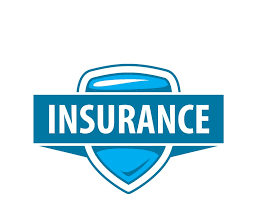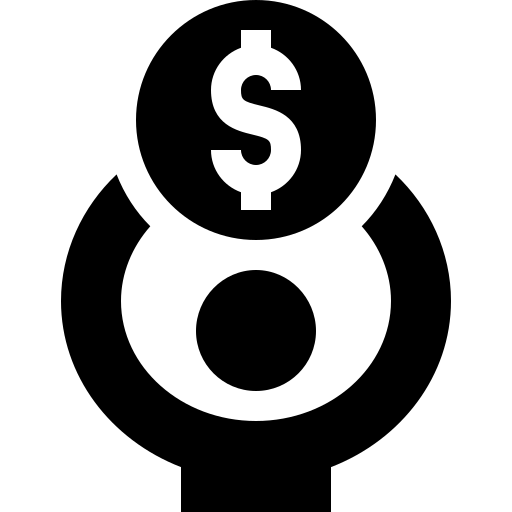The trajectory of the health insurance has embarked on a downward slope since 2017, retracting from its pinnacle. Despite a transient rebound between 2017 and 2019, the descent has steepened since 2020, culminating in a chilling growth rate of merely 2.4% in 2022. This situation has raised industry apprehensions regarding the future of health insurance. What ails health insurance? Could it possibly recapture its former high growth era?

Recent years have unveiled two distinctive facets in the development of health insurance: Firstly, the propulsion behind health insurance expansion has shifted, with short-term health coverage, primarily medical insurance, emerging as a fresh driver. Amidst the overarching decline in health insurance growth, short-term health insurance offered by property insurance firms has consistently maintained a double-digit growth rate, averaging at 23.8% over the last three years. Conversely, long-term health insurance managed by life insurance companies witnessed a stark contraction in growth, averaging a mere 4.5% over the same period. The upshot is a shift in the growth engine of health insurance from long-term to short-term coverage. Secondly, health insurance business displays marked concentration, with disability income and caregiving insurance displaying sluggish progress over an extended span. Notably, recent years have borne witness to rapid development in critical illness insurance, comprehensive medical coverage, and policies designed for societal welfare. By 2020, critical illness insurance alone claimed a share of 53.2% in the total health insurance premium, with disease insurance and medical coverage jointly accounting for over 98% of the overall premium. In stark contrast, disability income and nursing insurance lingered at a meager 1% share.

Behind the decline of the health insurance "engine" lies a concealed enigma. The period from 2016 to 2020 marked a favorable policy juncture for health insurance development. During this timeframe, the critical illness insurance witnessed rapid advancement, with total premium income ascending from 152.8 billion dollars to 435 billion dollars. Nevertheless, this progression has led to market saturation in the critical illness insurance sector. As of October 2021, the USA possessed 636 million active sickness insurance policies, covering 391 million individuals, with serious illness insurance policies numbering between 200 and 300 million. Evidently, the critical illness insurance market is nearing saturation, and an incremental market cultivation phase has ensued. While critical illness insurance hits a plateau, medical insurance gains momentum. Since the industry's introduction of the first million medical insurance policy in 2016, this sector has surged ahead, buoyed by online channels, high coverage amounts, and low premiums. Subsequently, urban benefit insurance, aligning with basic medical coverage, exemption from health notifications, standardized pricing, and nominal premiums, rapidly entered the fray in 2020, emerging as the secondary engine driving medical insurance development. The pandemic has accentuated the critical illness vs. medical insurance trade-off. Reduced mobility amidst the pandemic curtailed the scenarios for serious disease insurance expansion, predominantly reliant on face-to-face agent sales. Meanwhile, medical insurance products, driven by online sales, experienced a rapid surge. Simultaneously, the pandemic spurred a decline in income expectations and conservative spending habits among residents. Faced with critical illness insurance and medical insurance offering akin protection but divergent price points, consumers veered toward medical insurance. It's worth noting that the exponential growth of medical insurance not only substitutes for critical illness insurance but also triggers a drop in average health insurance premiums, creating a detrimental cycle wherein the swifter the medical insurance growth, the lower the health insurance expansion.

In the post-pandemic era, a confluence of critical illness and medical insurance's dynamics continues to elevate the share of health insurance within the insurance landscape, progressively deepening insurance penetration. However, due to critical illness insurance saturation, COVID-19's influence, declining agent numbers, and other factors, health insurance, particularly critical illness insurance, has plummeted off a precipice, entailing a rapid growth rate decline. In the long haul, the era of soaring health insurance growth has concluded, with medical insurance poised to surpass critical illness insurance and emerge as the premier health insurance variant. The fusion of health insurance and medical services is projected as the forthcoming developmental trend in the health insurance arena.





